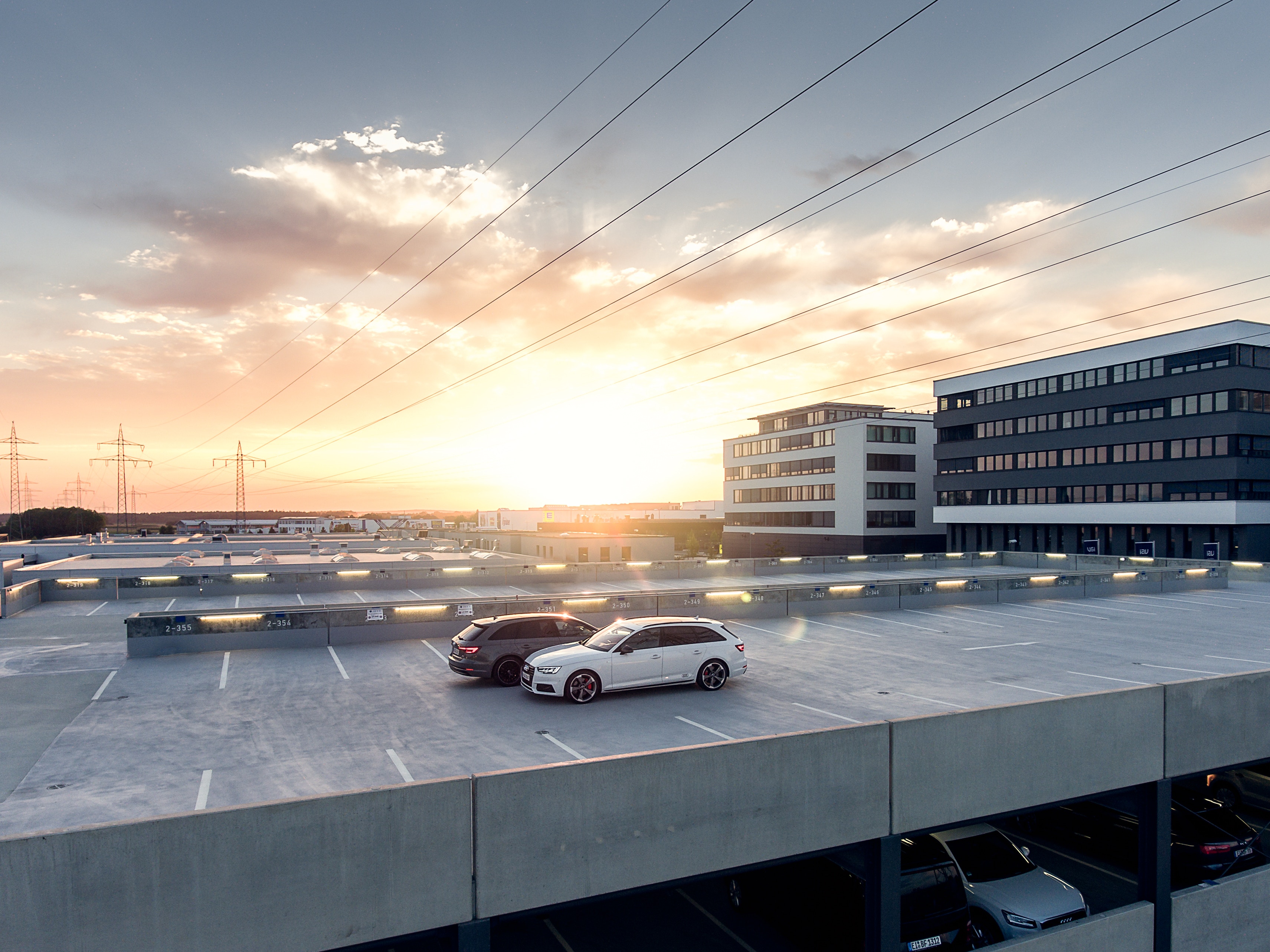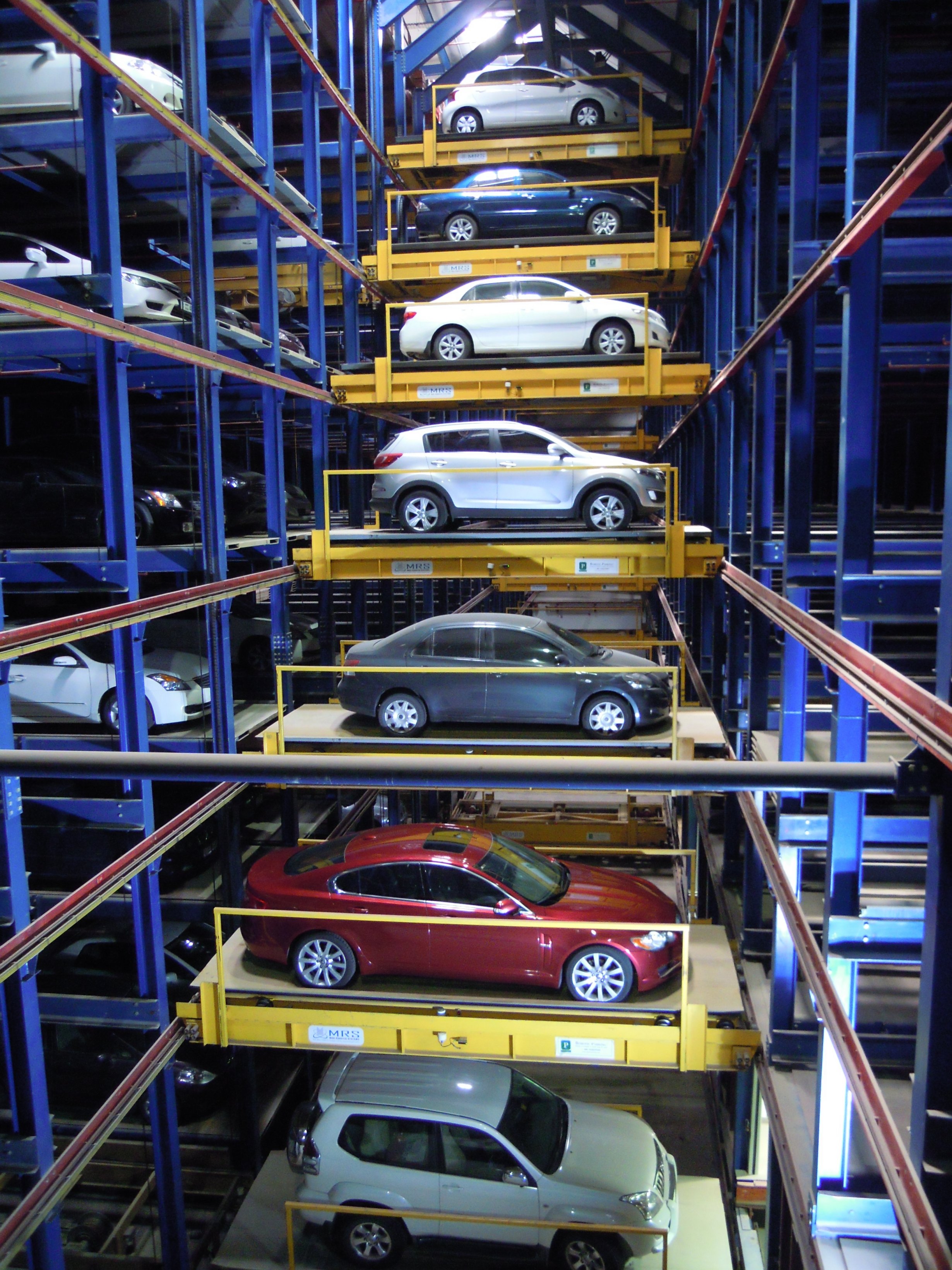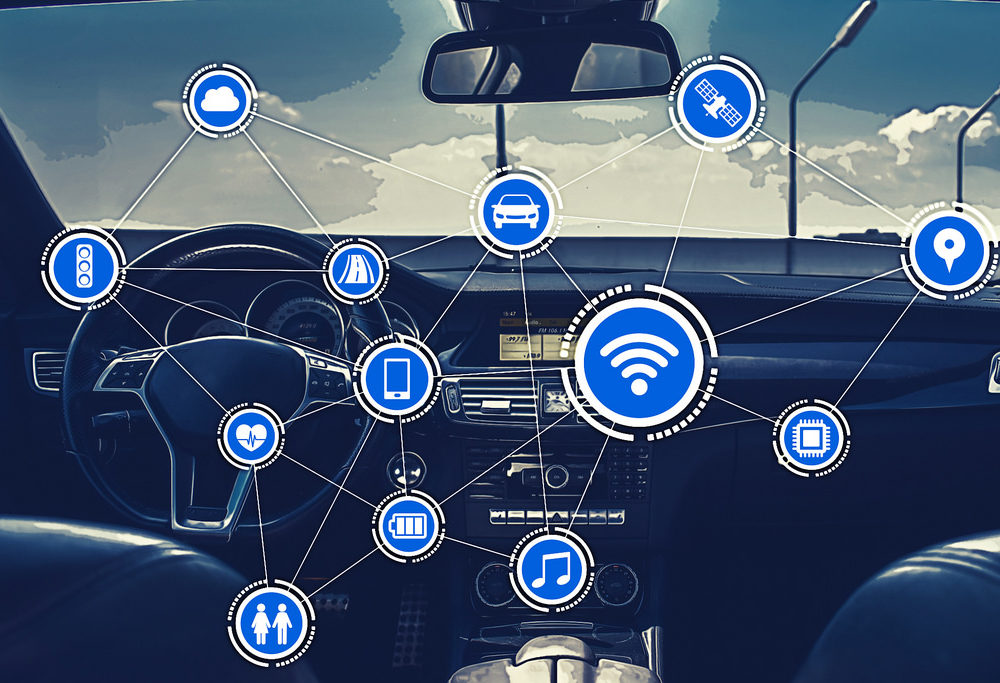Driverless Car Myths : An Overview
Even as driverless cars draw near reality, they continue to be marred by misconceptions and myths. The fact is, autonomous vehicles will bring a fundamental transformation in how we think about moving around our cities. They promise to make mobility faster, safer, and more convenient. Let’s look at some of the most common driverless car myths.
Although automation systems have already been introduced in some cars – self-parking assist, cruise control, lane control, anti-lock braking systems, engine stabilization – there is still a long wait before fully automated vehicles hit the road.
Myth: Driverless cars won’t be safe
Reality: Any new technology sees its set of skeptics and driverless cars are no different. While the media doesn’t lose an opportunity to report on accidents involving autonomous cars, they are far safer to operate than our present cars. Sample this – Google’s self-driving cars have seen 16 crashes in more than 2 million miles since 2009. But in each instance, a human has been at fault.
Myth: Driverless cars will look like present cars

Reality: This is one of the common driverless car myths. As long as autonomous cars hover around Level 2 or 3 of automation (as defined by SAE J3016), their design will be similar to present-day cars. But as they move to higher levels of automation in the future and no longer need human intervention, they will change radically.
At present, their design focuses on keeping the driver safe and in control. When fully autonomous cars hit the road, the design will shift to focus on comfort and luxury. To optimize space, parts such as steering wheels and pedals may be removed entirely.
Myth: They will need to be 100% perfect before deployment

Reality: Much like no human driver holds 100% knowledge of road rules (or applies it), technology can’t be perfect. To hit the roads, driverless cars must perform better than human drivers; they don’t need to prevent 100% of the accidents. Once they achieve this feat, they can be developed further in the future with deep learning. The truth is that present-day Level 2 semi-autonomous vehicles are already safer than human drivers. They have fewer blind spots, are faster, and feature software that’s continuously learning. When Level 5 vehicles arrive, human drivers will be no match for them.
Myth: Adapting to road conditions is the biggest challenge

Reality: Challenges such as fog and missing signs, traffic lights, and road markings may have stumped early autonomous cars but are no longer a difficulty for the latest autonomous driving technology. Companies like Google and Tesla are constantly improving their self-driving capabilities with deep learning based on camera and sensor data from millions of miles software, to deal with poor road conditions which are no longer a huge problem. Instead, legislative, legal, and ethical issues are gaining center-stage in driverless cars’ decisions involving complex interactions. Scenarios such as whether an autonomous car can operate without a human driver or who is at fault in the event of an accident are important considerations.
Myth: Driverless cars must make decisions independently

Reality: It is one of the common driverless car myths. While human drivers have to drive with the information gathered from their senses, driverless cars won’t have to work all on their own. Thanks to the Internet of Things (IoT) and Vehicle-to-Everything (V2X) technologies, they will have access to data from other vehicles and city infrastructure such as traffic signals, road signs, etc. A wireless communication technology, V2X allows cars to wirelessly communicate with its surroundings, helping it deal with unfamiliar and unexpected scenarios and hazards.
Myth: They will spell the end of the parking garage

Reality: When the ATM was introduced in the 1970s, there was widespread fear that bank teller jobs would be wiped off the face of the earth as machines took over withdrawals and deposits. But history tells us that more bank teller jobs were created owing to the cost savings that accrued from technological efficiency. The bank teller’s role evolved to focus more on marketing and customer relationship skills, something out of the purview of technology.
So experts sounding the death knell for parking garages with the arrival of driverless cars must realize that they aren’t set to become obsolete. Their design and management will change; already, we are seeing an increasing number of robotic garages. Autonomous cars will still need parking. In fact, they will need to communicate with parking lots, something that smart parking technology can make possible with its IoT capabilities.


